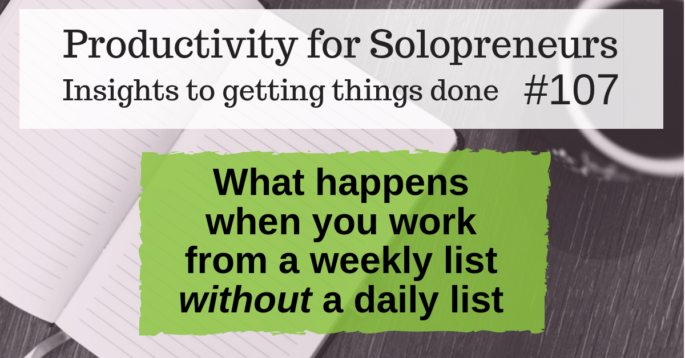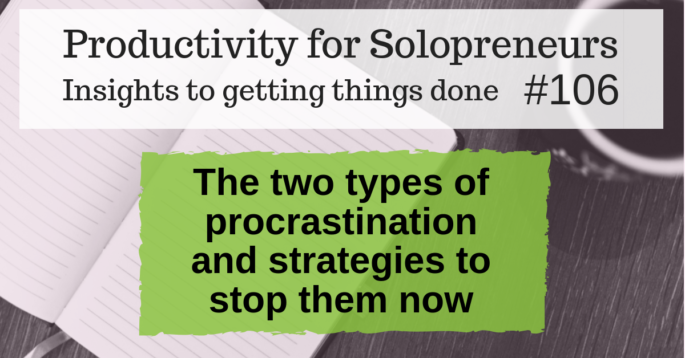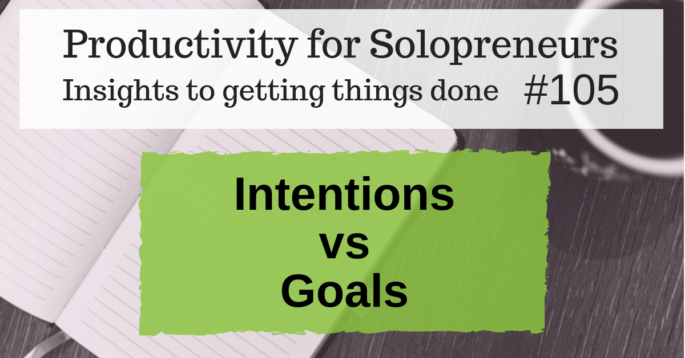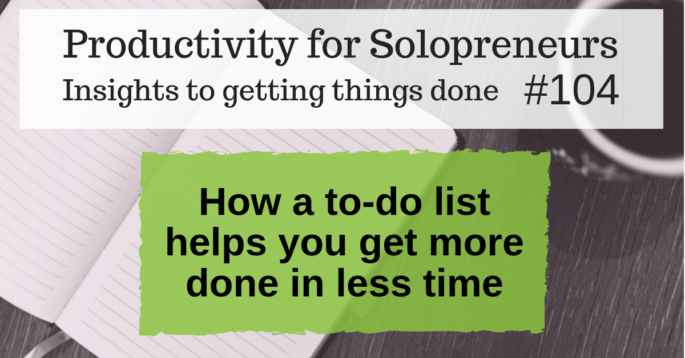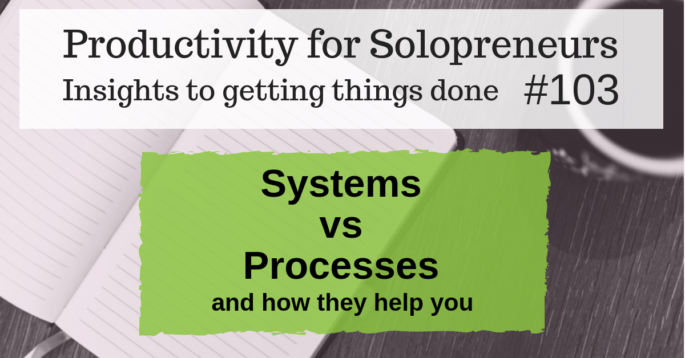Last week I came across an article that was a compilation of productivity advice from around 10 different small business owners.
The first person they listed advised something to the effect of pick 3 things to do each day instead of having a long to-do list.
A couple of people later someone’s advice was a daily to-do list is too constraining, instead create a weekly to-do list and do the tasks as you feel like doing them.
Soooo, which is it?
I wish these lists would come with a bit more information about the person and their company.
Do they have a personal assistant? Is there a large team supporting them? Does he spend most of his time in meetings? Is his weekly to-do list already very short? Is he marking his weekly list with the one or two tasks that are the highest priority for the day?
If I had to guess, the person who thinks you should work off of a weekly to-do list and do tasks as you feel like doing them has a really great personal assistant who’s encouraging him/her to do the important things that are buried in that weekly list and they might not feel like doing.
My experience with clients and my own personal experience is that when you’re working from a weekly list without a daily list one of three scenarios will generally play out:
- You end up doing all the fun and exciting and maybe even easy things that the beginning of the week. Which means at the end of the week you have all the things you don’t care to do or require more energy. And then something isn’t going to be done because it’s exhausting and you didn’t budget your energy/attention very well.
- The beginning of the week feels like you have all the time in the world to get the things on your list complete. So, you dilly-dally or spend more time than you need to on the tasks you do decide to work on and suddenly there’s A LOT left to do on Thursday and Friday.
- You’re so overwhelmed by your list of things that you want/need to get done this week that you do very little or nothing. Or you bounce around a lot because there are so many high priority tasks that need to be done NOW.
You might have guessed that between the options of working from a weekly list or a pick 3 things to do for the day – I’d go with picking 3 things.
More to the point, I recommend creating a daily to-do list in whatever format works best for you. If that’s a list of three things, great! If that’s formatted some other way, great!
To the business owner that finds a daily to-do list too constraining, I’d love to know how you’ve created your daily list in the past. There are many different ways to create it that allow you to get things done in an efficient way and do things that work with your energy and attention level for that day.
If this topic feels like it’s impacting you personally, and you’d like some help, let’s talk! The easiest way to set that up is by applying for coaching by clicking here.

